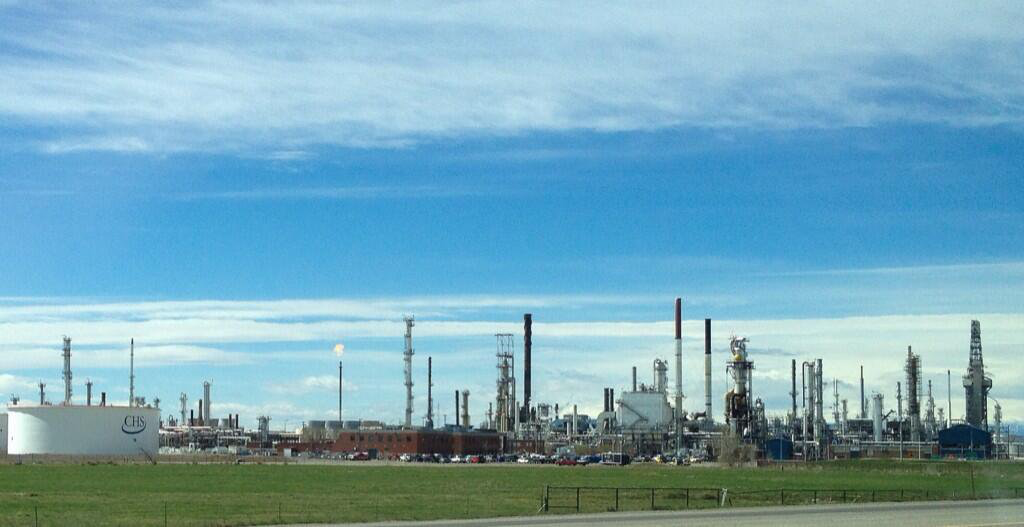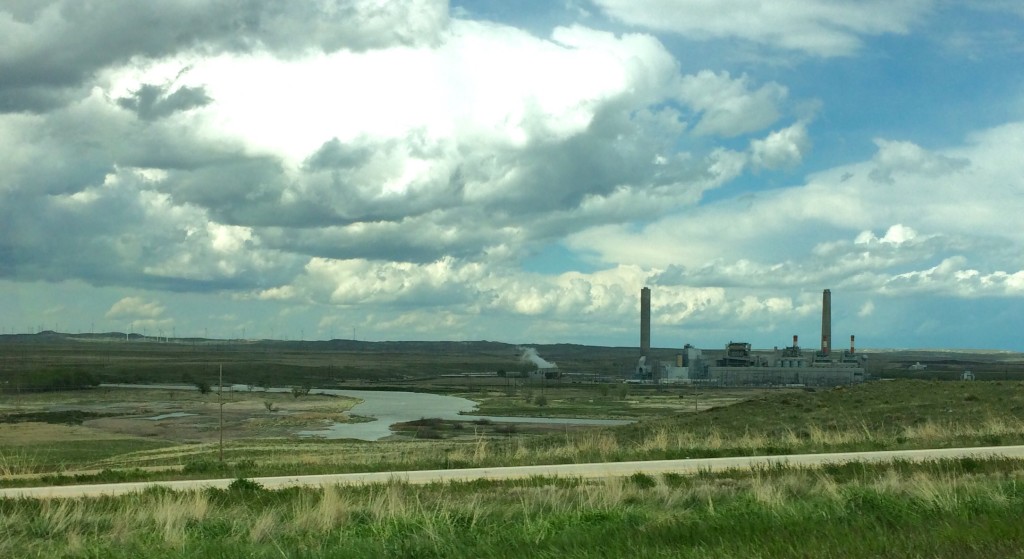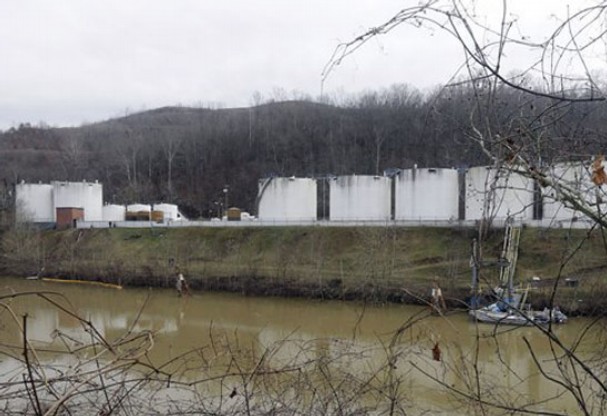
Wind turbines, coal rail car, and an oil refinery in Casper, WY.
Coal, natural gas, nuclear, wind, solar, biomass, geothermal, mouse running on a wheel? Do you know where your energy comes from? As an environmental professional I take for granted that my electricity come mostly from coal and partly from wind and/or geothermal. My home heat comes from natural gas. I was teaching an environmental class recently and was surprised at questions regarding how much coal is used to power our homes and cities.
If you’re not in the environmental field, but keep an eye on the news, you still may have heard news about the Keystone XL pipeline, oil production booming in North Dakota, T Boone Pickens, or fracking. Do you know these issues are all related to you watching reruns and driving to Costco? If you don’t know what’s powering your TV, don’t worry, it seems many people don’t. Here is your guide to a basic understanding of where your energy comes from and where you can get more information.
The United States energy comes from coal 37%, natural gas 30%, nuclear 19%, hydropower 7%, other renewable 5% (biomass 1.42%, geothermal 0.41%, solar 0.11%, wind 3.46%), petroleum 1%, and other gases < 1%. All of the data presented here and below is from the US Energy Information Administration. To me, the most interesting thing about this data is that solar is only producing 0.11% of our electricity. I assumed much more than that. Despite all the solar panels I see around Colorado, it’s just a blip in the larger energy picture.
That is the US total, but if you live in a state that doesn’t have a nuclear power plant, like I do in Colorado, then your percentages are going to change. In Colorado, 62% of our electricity production comes from coal and 6% comes from wind. Both are nearly double the national average.
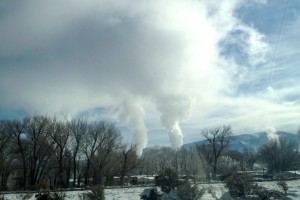
Steam coming from the biomass power plant in Gypsum, CO.
Looking around the country, here is some interesting energy usage in three other states.
- Pennsylvania generated 40% of its net electricity from coal and 35% from nuclear power in 2013.
- In Florida, natural gas accounted for 62% of Florida’s net generation, coal 21%, and nuclear power accounted for 12%.
- In 2013, 70% of Oregon’s net electricity generation was from conventional hydroelectric power plants and other renewable energy resources.
You can see how much it varies from states to state. Here are two good resources to find out exactly, “Where does my energy come from?”
- The US Energy Information Administration provides all the state data here.
- Even better, the EPA has a Power Profiler site where you enter your zip code and it provides you a break down of your electrical energy sources.
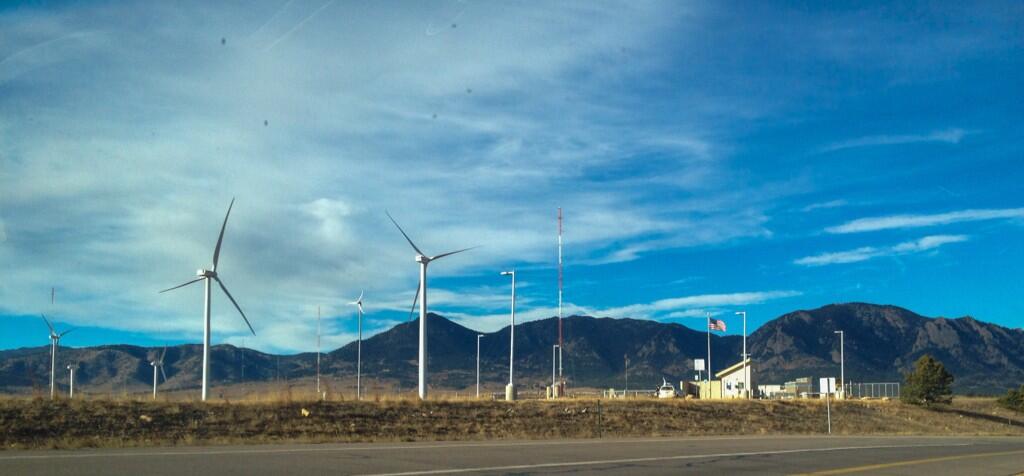
NREL Wind Technology Center along the Colorado Front Range.

